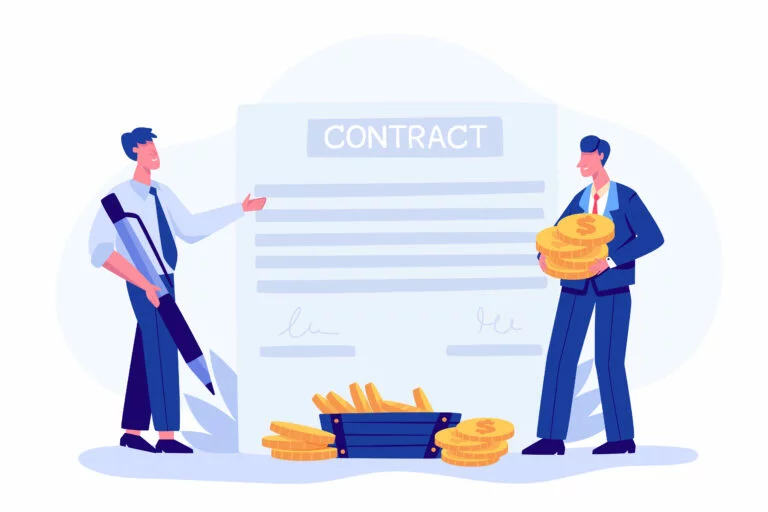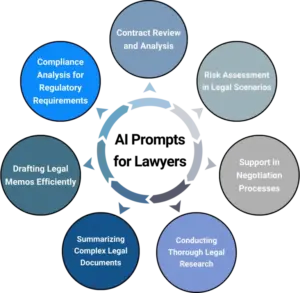Service level agreements (SLAs) are crucial parts of business contracts that define the level of service a provider will deliver and what the customer can expect. They’re important for managing customer expectations, improving user experiences, and reducing risks.
SLAs outline services, expected performance levels, how performance will be measured, and consequences for not meeting targets. They’re used between vendors and customers or within departments in the same organization.
This guide will cover why SLAs matter, where they’re used, types of SLAs, how to create one, vendor management with SLAs, monitoring performance, legal aspects, and best practices.
Understanding Service Level Agreements Contract
A service level agreement contract serves as a contract between a service provider and a customer, defining the level of service to be provided, customer expectations, and repercussions for failing to meet those expectations. These agreements are crucial for several reasons.
Firstly, they manage customer expectations by clearly outlining the services and performance metrics, preventing confusion or disappointments. Secondly, these agreements enhance the end-user experience by establishing standards for service quality, enabling evaluation and improvement where necessary.
Related Article: What’s The Difference Between Agreement And Contract
Why are Service Level Agreements important?
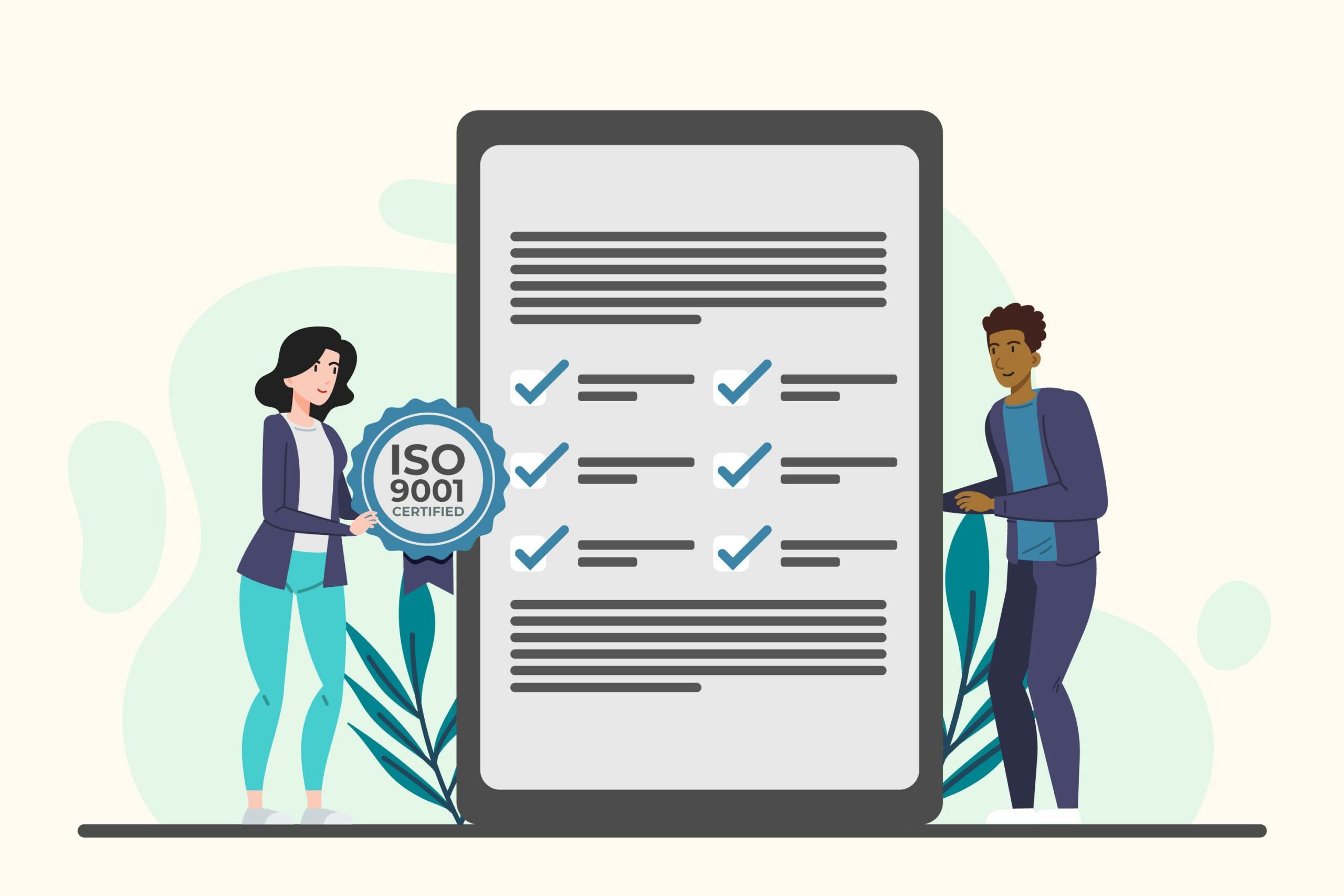
Service Level Agreements are important as they help customers know exactly what level of service they can expect. This means there are clear guidelines in place, and customers can hold the service provider accountable if those expectations aren’t met.
It makes sure that the services provided align with what the organization needs to achieve. By setting specific goals and targets, it ensures that the services support the organization’s overall objectives and success.
Service Level Agreements are important for managing risks. They help identify and address potential problems with service delivery. By laying out the consequences for not meeting agreed-upon levels of performance, these agreements encourage the service provider to focus on quality and reliability.
Where are Service Level Agreements used?
SLAs in Cloud Computing: SLAs play a crucial role in cloud computing, where service providers offer guarantees regarding service availability, performance, and data security. Customers rely on these these agreements to ensure that their critical applications and data are accessible and protected at all times.
SLAs for IT Service Providers: IT service providers use SLAs to define the scope of services they offer to clients. These agreements outline the specific services provided, expected performance levels, and consequences for failing to meet these standards. Having a Service Commitment in place ensures clarity and accountability for both the service provider and the client, leading to smoother service delivery.
Internal SLAs within Organizations: SLAs are not limited to external relationships between vendors and customers; they are also used internally within organizations. Internal SLAs help define expectations and responsibilities between different departments or teams, promoting efficient collaboration and service delivery.
SLAs in Customer Service Departments: Customer service departments rely on SLAs to ensure timely resolution of customer issues. These agreements define response and resolution times for various types of customer queries, ensuring high levels of customer satisfaction and retention.
Related Article: What Are Contract Terms & Legal Jargon? Master The Basics
Types of Service Level Agreements
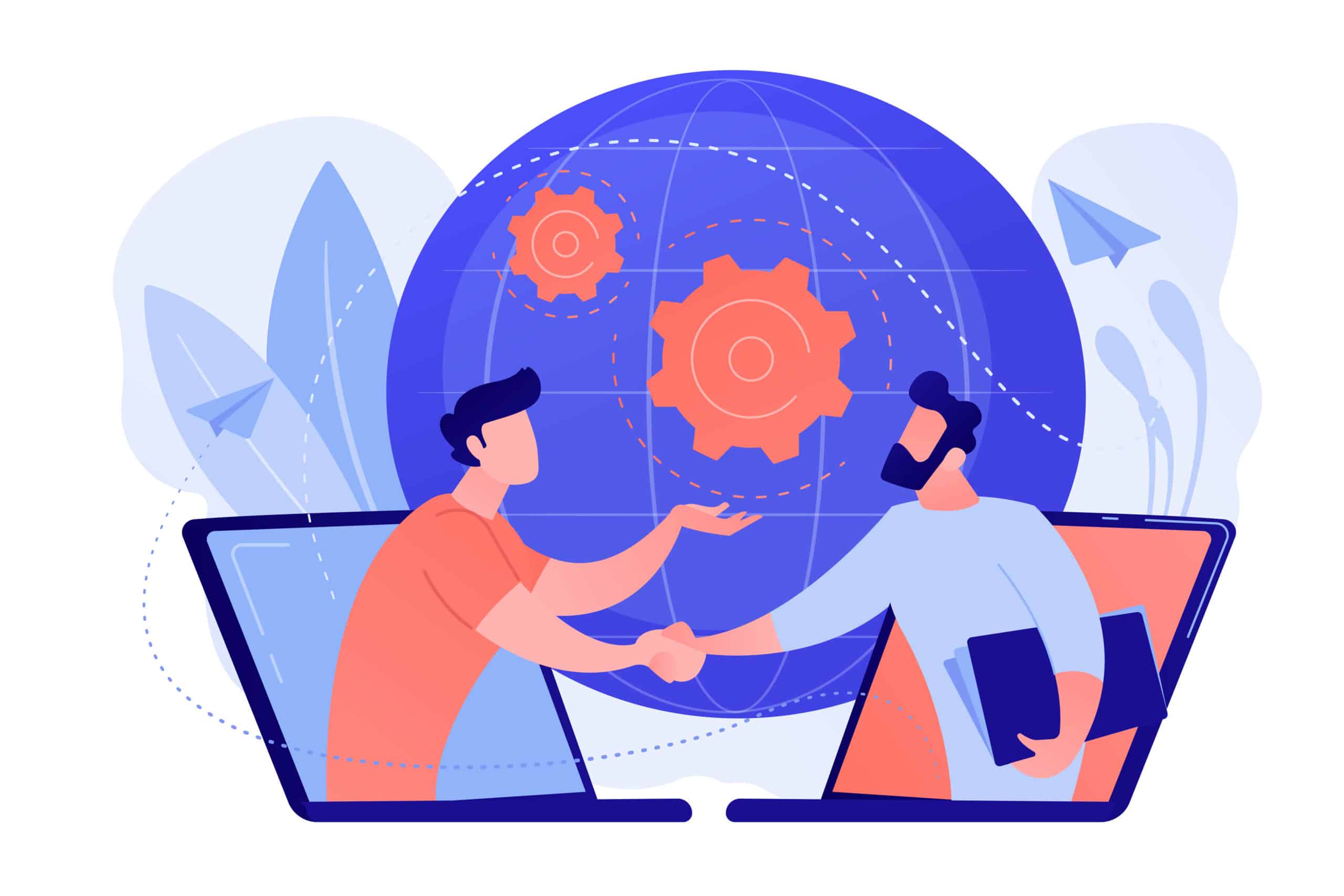
Customer-Based SLAs
The agreements between a service provider and a customer, whether it’s someone from outside or inside the company. These agreements explain what services the customer will get and what level of performance to expect.
In a customer-based SLA, the service provider focuses on meeting the customer’s specific needs. This explains what services will be given, how well they’ll be done, and what happens if they’re not done right. These are important for keeping customers happy and building strong relationships.
Service-Based SLAs
Service-based SLAs are contracts that explain a specific service given to many customers. These contracts make sure that everyone gets the same level of service and help, no matter what they need.
In this, the main thing is to keep the service the same for everyone. The agreement says what goals the service has to reach, so everyone gets good service.
These are often include provisions for service credits, which are financial reimbursements provided to customers if the service provider fails to meet the agreed-upon service levels. These credits act as a form of compensation for any disruptions or inconveniences caused by the service provider.
Multi-Level SLAs
Multi-level SLAs are agreements that involve different groups or levels of service. These agreements can be between a company and outside providers or between different teams within the company. In this, each group gets a different level of service. For example, a company might have a Service Commitment with many outside providers, like different cloud companies.
This can also be used within a company to explain what different teams are supposed to do. For example, there might be a Service Commitment between the IT team and the customer service team. This makes sure everyone knows how to handle technical problems and fix them quickly.
Related Article: Negotiating Adhesion Contracts: Contracts That Stick!
Crafting Service Level Agreements: A Step-by-Step Approach
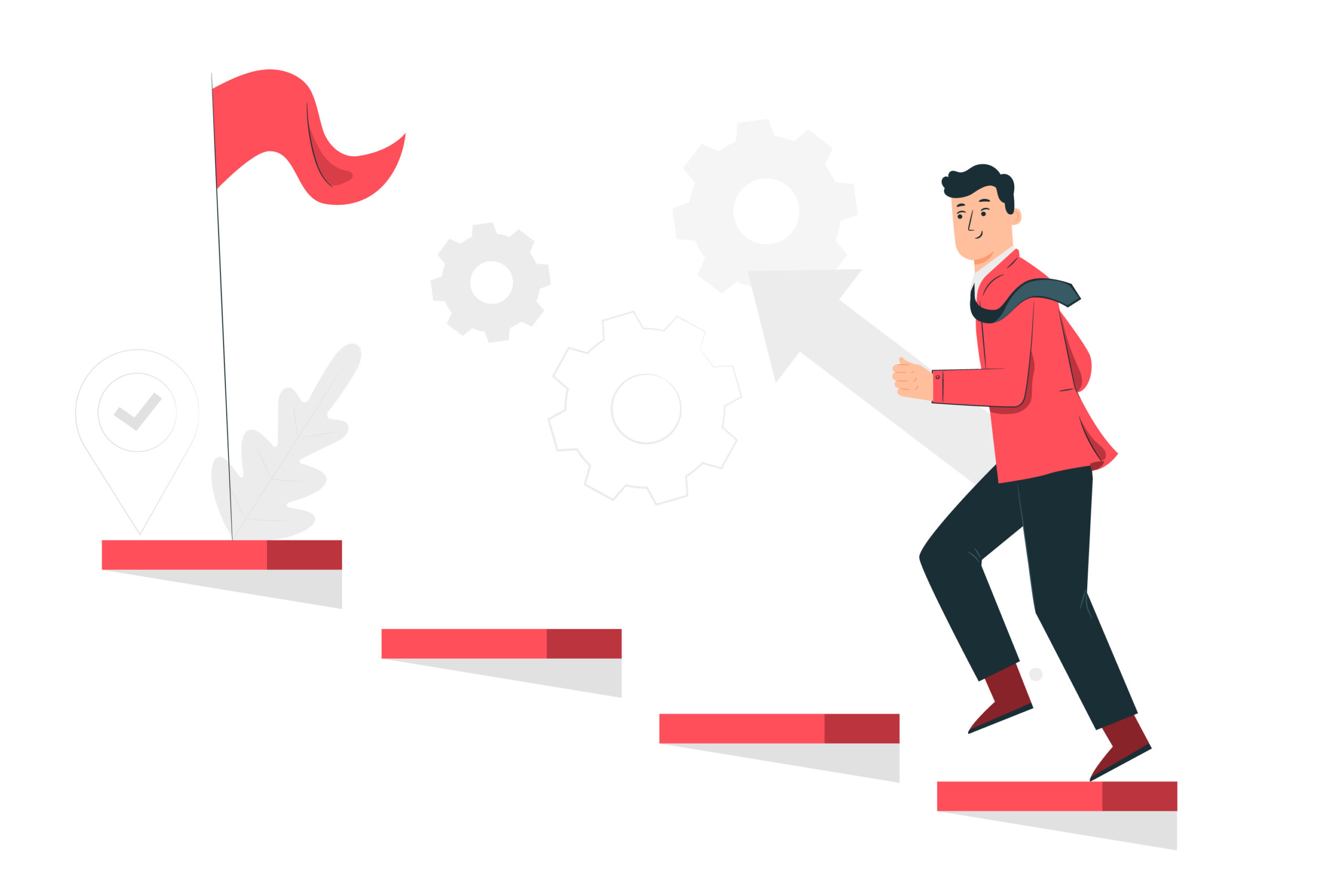
Identifying Services and Scope
The first step in making an SLA is to figure out what services will be given and what the agreement covers. This means clearly saying what specific services the customer will get and setting the boundaries for those services.
To figure out the services, it’s important to think about what the customer really needs. What are the main services they want? What’s important for delivering those services? Answering these questions helps set the service level and what’s included in the agreement.
The service level explains what’s expected from each service. This helps everyone know what to expect. The service scope lays out the limits of the services, like what’s not included or any special cases. By being clear about the services and scope, you make sure the agreement matches what the customer needs and helps make the service better.
Determining and Agreeing on Metrics
After figuring out the services and what’s included, the next step in making a Service Level Agreement is to decide on the measurements that will be used to check how well the service provider is doing. These measurements help see if the service is meeting the targets that were agreed upon.
The measurements should be clear, easy to check, and match the business goals. They should also show what’s expected for each service. Common measurements include how often the service is available, how quickly problems get fixed, and how happy customers are.
Both the service provider and the customer need to agree on the measurements and what’s considered good performance. By being clear about what’s expected and agreeing on the measurements, everyone knows what success looks like.
Setting Realistic Targets and Penalties
After agreeing on the measurements, the next step in making a Service Level Agreement is to decide on achievable goals for how well the service should perform. This is really important to make sure everyone knows what’s expected and that the goals match what the service provider can actually do. If the goals are too high, it can make everyone unhappy.
There should also be rules about what happens if the goals aren’t met. These rules, called penalties, help make sure the service provider tries hard to meet the goals. Penalties can be things like giving back part of the payment, paying money, or finding other ways to make up for not doing a good job. The specific penalties depend on how bad the problem is and how it affects the customer’s business.
Related Article: 7 Key Contract Clauses Found In Business Contracts
The Role of SLAs in Vendor Management

Service level agreements are like rulebooks for vendor management, guiding the relationship between customers and service providers. They set clear rules about what services should be provided, how well they should be done, and what happens if they’re not met.
Customers can make sure service providers do what they promise. They also help both sides talk openly about any issues and find ways to make things better.
Ensuring Vendor Accountability
SLAs play a pivotal role in ensuring vendor accountability within vendor management. By delineating precise service level objectives (SLOs) and performance benchmarks, these agreements establish clear expectations for vendors to fulfill.
They outline the vendor’s duties and obligations, ensuring the delivery of specified services at predetermined performance standards. Should the vendor fail to meet these standards, SLAs provide mechanisms for resolution, such as escalation procedures or penalties.
Consequently, SLAs incentivize vendors to prioritize quality and reliability, fostering a conducive environment for maintaining high service standards and a fruitful vendor relationship.
Enhancing Communication and Transparency
SLAs are important because they help the customer and service provider talk clearly. They set out what’s expected, who does what, and how well things should be done. This makes it easier for both sides to work together and fix any problems.
These agreements allow for discussions on service performance and improvements, ensuring clarity on expectations and measurements for both parties. This fosters trust and effective collaboration.
Good communication and being open about how things are going are really important for keeping the agreement working well. They help build good relationships, fix problems quickly, and keep making the service better.
Related Article: How To Write Effective Indefinite Delivery Contracts
Monitoring and Managing SLA Performance
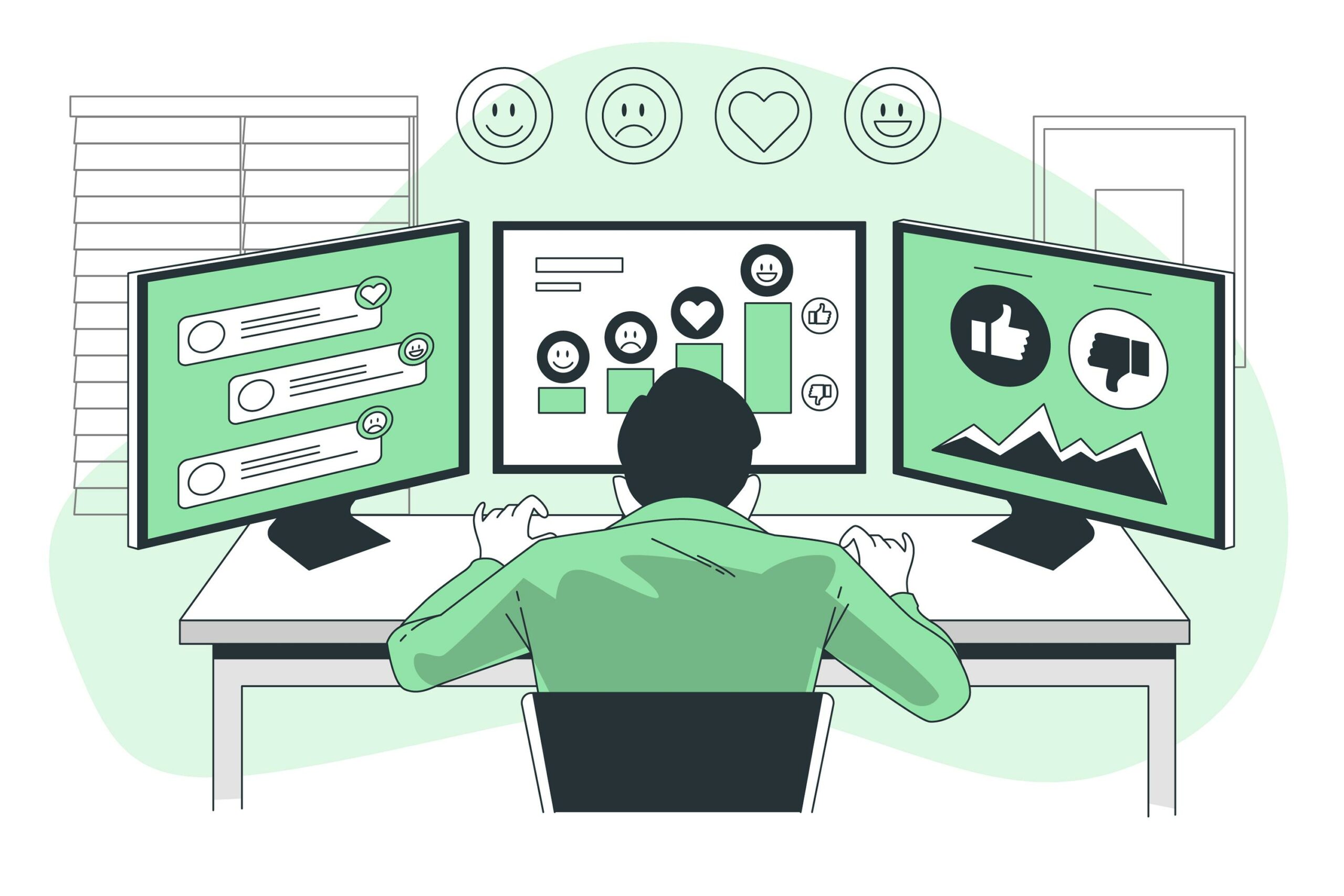
Keeping track of SLA performance is crucial to make sure the agreed service levels are met and to fix any issues. This means watching performance metrics, looking at the data, and doing things to keep the service good or make it better. It involves checking how things are going, finding areas for improvement, and taking action to maintain or improve service delivery.
To check service level performance, different tools and methods can be used. This might include special software, reports, feedback from customers, and regular service reviews. By keeping an eye on how well things are going, the service provider can find ways to make things better and fix any problems.
Managing service level performance means looking at the data and finding ways to make the service better. This might involve changing how things are done, using resources differently, or trying new technology. The goal is to keep getting better and meet the agreed service levels.
If the Service Commitment is broken, it’s important to act quickly. This might mean following a plan to fix the problem, finding out why it happened, and doing things to stop it happening again. Fixing SLA breaches quickly helps keep customers happy and trusting the service provider.
Tools and Techniques for SLA Contract Tracking
Utilize SLA tracking tools and techniques to monitor Service level performance effectively. Service level tracking tools automate data collection and analysis, simplifying compliance monitoring. These tools generate regular reports and alerts, highlighting areas needing attention. Define performance metrics and key performance indicators (KPIs) clearly in the agreement.
Consistently track metrics using selected tools, such as availability, response time, resolution time, and customer satisfaction. Implement service level reporting to keep stakeholders informed about service provider performance. Regularly provide reports summarizing service provider performance against defined metrics.
Responding to SLA Breaches
In the event of an SLA breach, it is important to respond promptly and take appropriate actions to address the issue. Responding to Service level breaches involves following predefined escalation procedures, resolving the issue within the specified resolution time, and providing any agreed-upon remedies such as service credits.
Escalation procedures outline the steps to be taken when a Service Assurance Contract breach occurs. These procedures ensure that the issue is escalated to the appropriate level of management or support for timely resolution. By following the escalation procedures, the service provider can ensure that the breach is addressed promptly.
Resolution time is the time frame within which the service provider must resolve the issue once it has been identified. This time frame should be clearly defined in the contract and agreed upon by both parties. Meeting the resolution time is crucial for maintaining customer satisfaction and minimizing any impact on the customer’s business operations.
In some cases, SLAs may include provisions for service credits as a form of compensation for agreement breaches. Service credits can be financial reimbursements provided to the customer to compensate for any disruptions caused by the breach.
By responding effectively to contract breaches, the service provider can demonstrate its commitment to delivering a high level of service and maintaining customer satisfaction.
Related Article: Sale On Approval Contracts: A Comprehensive Guide
Legal Considerations in SLAs

When creating Service Level Agreements, it’s crucial to think about legal matters and include the right clauses to protect both the customer and the service provider. One key aspect is adding an indemnification clause. This part of the SLA explains each party’s responsibilities and liabilities if there’s a breach or legal issue. Getting legal advice when writing or reviewing the agreement is smart. It ensures everything follows the law and covers important points. By dealing with legal matters upfront, both sides can feel secure about their rights and duties. This sets a strong foundation for the agreement and helps build a good business relationship.
Indemnification Clauses Explained
An indemnification clause in a Service Level Agreement is very important. It spells out who’s responsible for what if there’s a problem or a legal issue. This part of the agreement protects both the customer and the service provider by laying out what happens if someone breaks the rules.
Basically, if there’s a breach, the clause says that the party at fault has to make things right. This might involve paying for any damages, losses, or legal fees that come up because of the breach. So, it’s like a safety net that ensures everyone’s protected financially and legally.
These clauses are a big deal for managing risks. They help decide who takes the hit if something goes wrong. By making it clear who’s responsible for what in the agreement, the indemnification clause helps lower the chances of problems and encourages both parties to stick to their promises.
It’s really important to get the wording of this clause just right and to get legal advice to make sure it follows the law. With a well-written indemnification clause, the agreement sets a solid foundation for handling disputes and making sure everyone’s interests are looked after.
Understanding Earn-back Provisions
Earn-back provisions are like rewards in a Service Level Agreement. They let the service provider earn back service credits if they consistently do a great job, meeting or even surpassing the agreed-upon service levels over time.
Here’s how it works: If the service provider does really well and meets or beats the service levels, they get some of those service credits back. These credits might have been taken away before because they didn’t meet the levels in the past.
These provisions are a way to encourage the service provider to keep up the good work and aim for even better performance. It’s a bit like saying “great job, keep it up!” to the service provider for delivering top-quality services.
Overall, earn-back provisions help create a positive relationship between the customer and the service provider. By giving the chance to earn back service credits, the agreement motivates the service provider to focus on doing their best and always improving.
Related Article: Clickwrap Agreements 101: Are They Enforceable?
Best Practices for Service level Contract Management
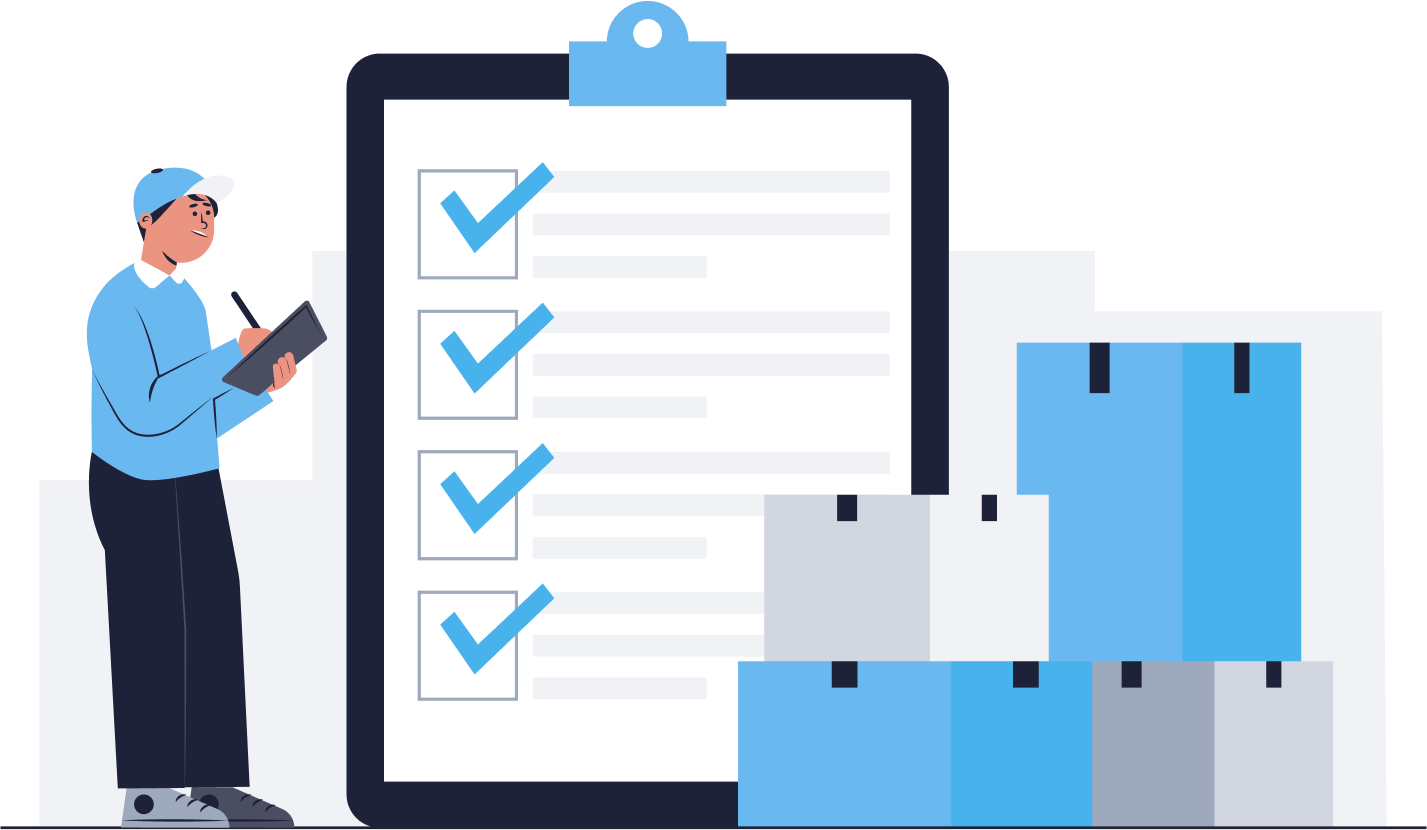
Regular Review and Update of SLAs
Regularly checking and updating Service Level Agreements (SLAs) is really important. This makes sure the agreement still matches what the customer needs. Both the customer and the service provider should look at the Service Assurance Contract regularly to see if it’s working well.
This helps find ways to make things better and fix any problems. It’s also a chance to look at how well the goals and measurements in the SLA are working and make changes if needed. Updating the contract allows for incorporating any changes in business needs, technology, or customer expectations. It ensures that the agreement continues to reflect the current requirements and objectives of the customer.
By checking and making changes to the SLA contract often, both the customer and the service provider can make sure they’re doing what they promised.
Fostering a Partnership Approach
Creating a partnership in Service Level Agreements (SLAs) is really important for both the service provider and the client to work well together. When everyone agrees on what they want and expect, they can both benefit.
This means talking openly, trusting each other, and having the same goals. Instead of just seeing the Service Assurance Contract as a contract, it’s seen as a way to make the relationship better. By working together and focusing on solving problems, partnerships get stronger, services get better, and everyone ends up happy.
Related Article: Merger And Acquisition Contract: A Comprehensive Guide
Frequently Asked Question
Can SLAs Be Modified After Signing?
SLAs can be modified after signing through a formal process involving all parties. Amendments may include changes in metrics, targets, or penalties. Clear communication and agreement are crucial to ensure mutual understanding and compliance.
Conclusion
In summary, Service Level Agreements (SLAs) are really important. They help set expectations, make sure everyone does what they’re supposed to, and build good relationships with vendors. By making detailed SLAs that match business goals, organizations can communicate better, keep an eye on performance, and reduce risks. It’s important to review and update SLAs regularly and work closely with vendors.
Legal stuff like indemnification clauses and earn-back provisions are also important. Knowing about different types of SLAs and following best practices helps make sure services are delivered well and customers stay happy. Keep learning, be proactive, and think strategically about SLAs to make businesses run smoothly and succeed.
